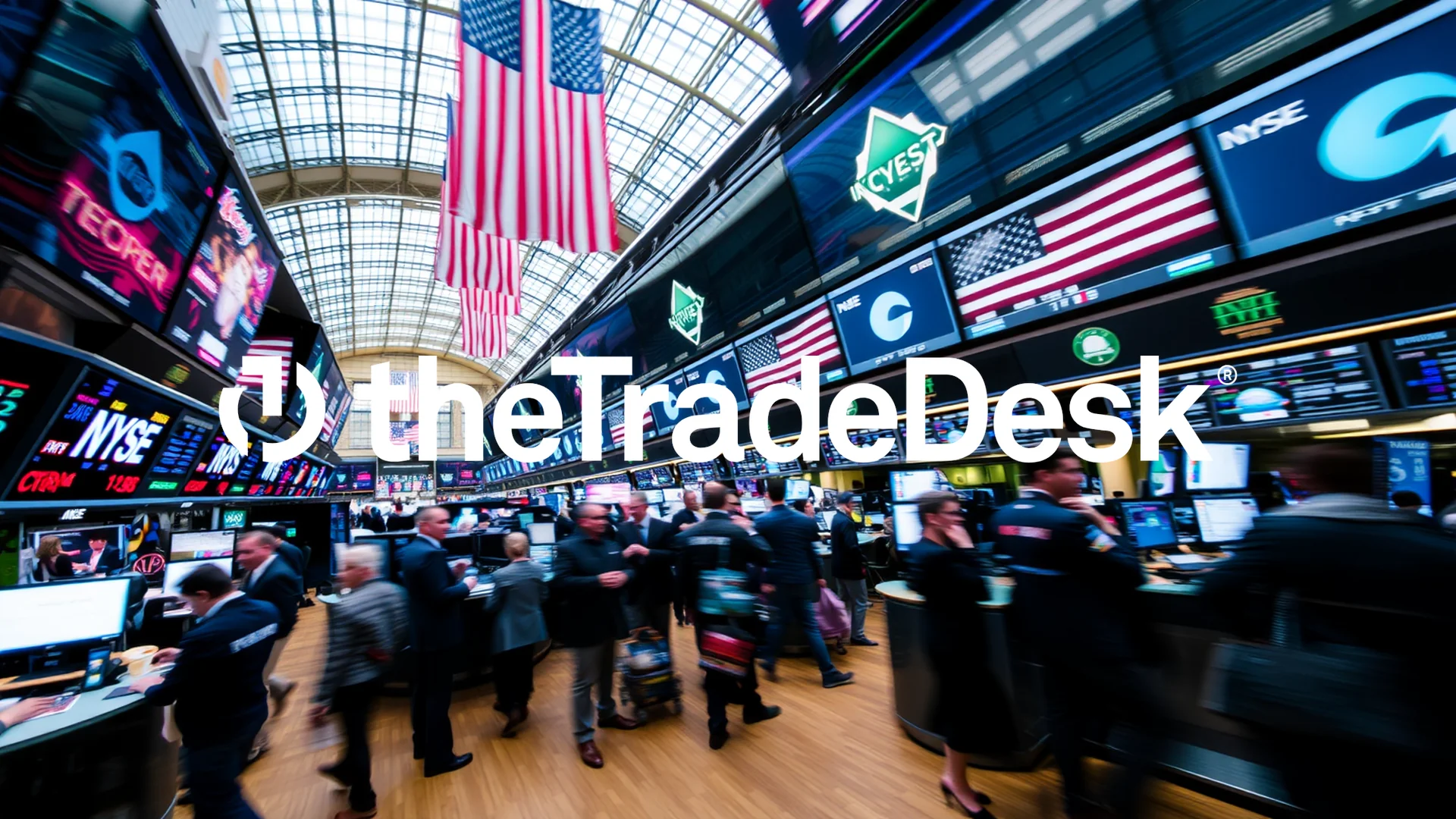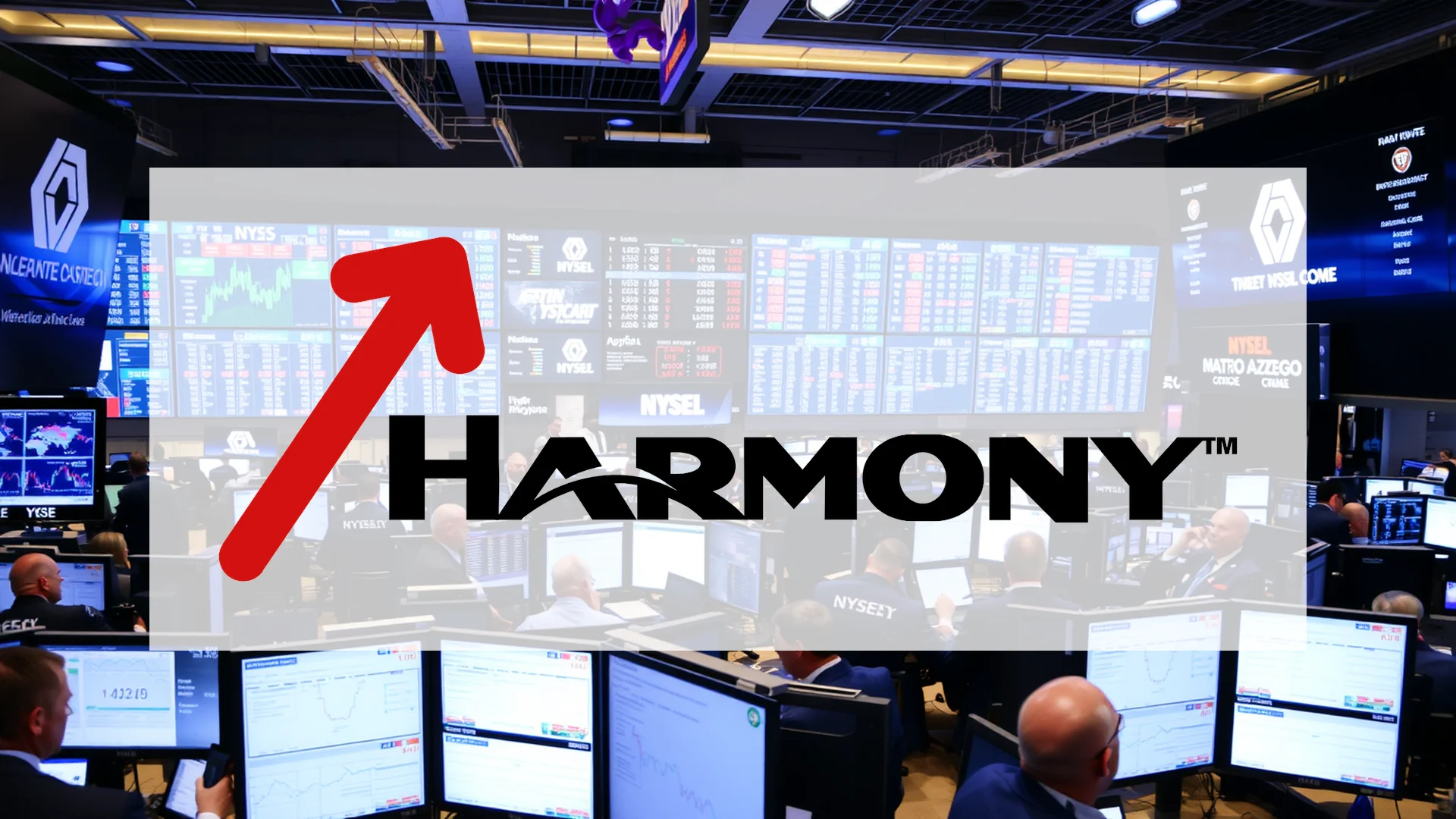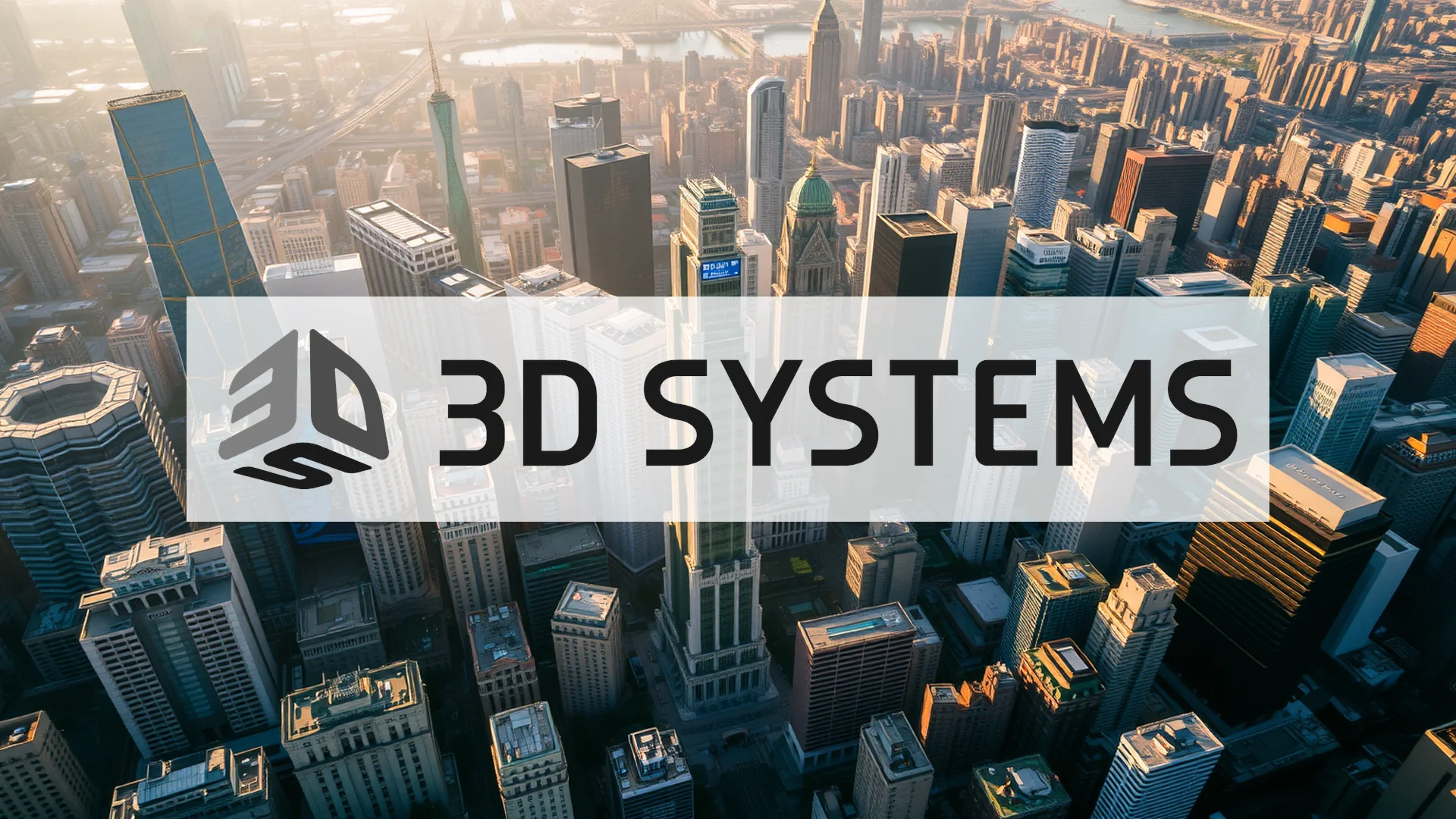The artificial intelligence revolution is creating unprecedented demand for memory chips, positioning Micron Technology at the forefront of this technological transformation. As OpenAI’s monumental “Stargate” project gains momentum, memory manufacturers are experiencing extraordinary growth—but questions remain about how much further Micron shares can climb following their substantial appreciation.
Unprecedented Demand Meets Concentrated Supply
OpenAI’s massive partnerships with Samsung and SK Hynix for its Stargate initiative, estimated at $500 billion, are reshaping the entire memory industry landscape. Industry analysts project this single project could consume approximately 40% of the global DRAM market—an astonishing volume that underscores the scale of AI infrastructure requirements.
Micron benefits significantly from the industry’s oligopolistic structure, with only three companies worldwide producing both DRAM and NAND Flash memory at meaningful commercial scales. This concentrated supply base creates favorable conditions for established players as demand surges.
Capacity Constraints and Strategic Positioning
Supply chains face mounting pressure as conventional DRAM production facilities undergo conversion to manufacture High-Bandwidth Memory (HBM) for AI applications. Micron has adopted an innovative approach by supplying undiced wafers rather than fully packaged HBM modules for Stargate and comparable AI projects—a higher-margin segment of the production process.
The company’s latest quarterly results demonstrate remarkable performance: record revenue of $11.3 billion, nearly doubled HBM sales, and gross margins reaching 39%. Even more impressive is the current quarter outlook, with projected revenues between $12.2 and $12.8 billion substantially exceeding market expectations.
Market Position and Future Capacity
Micron has strategically positioned itself within the HBM market, capturing approximately 22% market share. While competitors SK Hynix and Samsung command larger portions, the concentrated market structure ensures sustained profitability for all three major suppliers. The company’s next-generation HBM4 products are already undergoing customer validation processes, with the majority of HBM production capacity for 2025 already fully allocated.
Should investors sell immediately? Or is it worth buying Micron?
Analytical Perspectives: Enthusiasm Meets Caution
Despite outstanding fundamental performance, some market observers express measured caution. Morningstar analyst William Kerwin acknowledges that Micron’s forecasts “shattered market expectations” but notes that significant optimism appears already priced into the stock. The divergence in analyst price targets—ranging from $95 to $220—suggests limited upside potential at current trading levels around $176 per share.
From a technical perspective, Micron shares demonstrate continued momentum with over 100% year-to-date gains and repeated new all-time highs. Elevated trading volumes indicate sustained institutional interest across the memory sector.
Sustainable Supercycle or Speculative Excess?
The critical question facing investors is whether current conditions represent a durable supercycle or overheated speculation. Unlike previous industry cycles driven primarily by consumer demand, the present expansion stems from long-term enterprise and data center investments in AI infrastructure. Micron has accordingly revised its 2025 HBM market volume projection upward to exceed $35 billion.
The combination of disciplined supply management by the three major manufacturers and unprecedented AI-driven demand creates ideal pricing dynamics. However, seasoned investors recognize the semiconductor industry’s cyclical nature—historical patterns suggest even the most powerful expansions eventually moderate.
The memory sector’s trajectory will ultimately depend on whether AI-driven demand can sustain its extraordinary pace while manufacturers carefully balance capacity expansion with market needs.
Ad
Micron Stock: Buy or Sell?! New Micron Analysis from November 17 delivers the answer:
The latest Micron figures speak for themselves: Urgent action needed for Micron investors. Is it worth buying or should you sell? Find out what to do now in the current free analysis from November 17.
Micron: Buy or sell? Read more here...












